Gosudonggul Cave (단양 고수동굴)
10.2Km 2024-10-08
8 Gosudonggul-gil, Danyang-eup, Danyang-gun, Chungcheongbuk-do
+82-43-422-3072
Gosudonggul Cave, a natural limestone marvel, is recognized as a Natural Monument of Korea. Spanning nearly 1,700 meters in length, this ancient cave has been shaped over 500 million years. Inside, visitors can marvel at an array of spectacular formations including stalactites, stalagmites, underground lakes, and cave pearls. The cave also houses unique rock formations such as Sajabawi Rock, Dodamsambongbawi Rock, a statue resembling the Virgin Mary, and the romantically named Thousand-year Love Rock. The cave is conveniently located just one kilometer from the Danyang Intercity Bus Terminal.
Danyang Special Tourist Zone (단양 관광특구)
10.2Km 2020-03-27
3-11, Gosudonggul-gil, Danyang-gun, Chungcheongbuk-do
+82-43-420-3035
Danyang is known for its Danyang Palgyeong (eight wonders of Danyang). The scenery around Chungjuho Lake, including Dodamsambong Peak, Gudambong Peak and Oksunbong Peak, can all be enjoyed from a ferry cruise. The meandering stream and the majestic view of Sainam Rock and Sangseonam Rock create a soothing, tranquil ambience.
Situated at the center of the Korean Peninsula is Sobaeksan National Park, from which one can admire the beauty of the Baekdudaegan Mountain Range. The mountain’s many trails that lead to Birobong Peak and to other peaks are popular among hikers.
Darian, Cheondong and Ondal are great choices for family trips. These places are known for outdoor camping sites and drama filming locations.
The Danyang Special Tourist Zone holds special events that promote the county’s nature and history. The Sobaeksan Royal Azalea Festival is held in May, while the Ondal Culture Festival takes place in October.
Plenty of accommodation options and facilities are available in the area of Dojeon-ri, Byeolgok-ri, Sangjin-ri and Gosu-ri of Danyang-eup.
[Danyang Special Tourist Zone]
Areas included: Areas around Danyang and Maepo-eup in Danyang-gun, Chungcheongbuk-do
Area size: 4,448,737㎡
Tourist attractions: Sobaeksan National Park, Dodamsambong Peak, Sainam Rock, Gosu Cave, Buddhist Museum of the Cheontae Order, Daeseongsan Natural Recreation Forest, etc.
Yeongju Birosa Temple (비로사 (영주))
10.6Km 2021-06-11
661-29, Samga-ro, Yeongju-si, Gyeongsangbuk-do
+82-54-638-5033
Birosa Temple is located at the southern foot of Birobong, the highest
peak of Sobaeksan Mountain. It was founded by revered Buddhist monk Uisang Daesa in the 20th year of King Munmu’s reign (AD 680) during the Silla Kingdom. The temple’s Buddha statues and the flagpole supports reveal the long history of this ancient temple.
To the left of the entrance to Birosa Temple stand a pair of flagpole supports. The 4.8-meter-high flagpole supports facing each other have a meticulous structure. Inside the temple precincts is Jingongdaesa Bobeoptapbi, a stele with a stone turtle base erected in honor of the great monk Jingong Daesa.
The temple enshrines the Amitabha and Vairocana Buddha statues, which were created during the Silla Kingdom in the late 9th century. Both of these Buddha statues realistically depict the human form, and show similar characteristics, which reveal that they were crafted by the same artisan. Preserving such valuable cultural heritages, Birosa Temple also has a serene view of Birobong Peak on
Sobaeksan Mountain.
* Major cultural properties: Stone Seated Amitabha and Vairocana Buddha Statues (Treasure No. 996), Samgadong Stone Flagpole Supports (Provincial Tangible Cultural Property No. 7)
Choamsa Temple - Yeongju (초암사(영주))
10.7Km 2020-03-27
330, Jukgye-ro 315beon-gil, Yeongju-si, Gyeongsangbuk-do
+82-54-633-2322
In search of a great place to build a Buddhist Temple invoking national security, Great Monk Uisang travelled around the country and reached this place. He built a small thatched hut here for a temporary stay and continued his search. Finally, he found a perfect place and built Buseoksa Temple. He also set up another temple in the site where his small thatched hut was and called it Choamsa Temple. Choamsa Temple is located below the valley in the south of Gungmangbong Peak of Sobaeksan Mountain. After the Korean War, the temple building had to be rebuilt, but it managed to preserve some of Provincial Tangible Cultural Asset including Samcheung Seoktap (a three-storied stone pagoda; Tangible Cultural Property 126), Dongbudo (East Stupa; Tangible Cultural Property 128) and Seobudo (West Stupa; Tangible Cultural Property 129).
* Jukgyegugok Valley
The valley stretching from Baejeom-ni to Choamsa Temple is called Jukgyegugok which Sobaeksan Mountain surrounds like a folding screen. Near the valley, one can find famous tourist attractions such as the Sosuseowon Confucian Academy and Buseoksa Temple. Toegye Yi Hwang came up with the name Jukgyegugok inspired by the fantastic scenery of the valley and the beautiful sound of the flowing water.
Sobaeksan Optical Astronomy Observatory (소백산천문대)
11.1Km 2024-02-28
639, Sobaeksan-gil, Danyang-eup, Danyang-gun, Chungcheongbuk-do
Located within the Sobaeksan National Park, the Sobaeksan Optical Astronomy Observatory (SOAO) was the first astronomy observatory in Korea to install a modern telescope. SOAO is in a great location to observe the stars because it is located on the highest point of southern Korea and far away from the light pollution of cities. To enter the observatory as a private visitor, one must climb the mountain from Jungnyeong Pass or Huibangsa Temple.
Doljip Sikdang (돌집식당)
11.1Km 2024-02-26
11, Jungang 2-ro, Danyang-eup, Danyang-gun, Chungcheongbuk-do
Doljip Sikdang is a restaurant near the Danyang Bus Terminal that serves dolsotbap (hot stone pot rice) and garlic dishes. Indeed, its gondeure maneul jeongsik (thistle and garlic set menu) has captured the tastebuds of its regulars for two generations. The restaurant’s set menus, such as heungmaneul jeongsik (black garlic set menu), doljip jeongsik (Doljip set menu), gondeure maneul jeongsik (thistle and garlic set menu), and gondeure jeongsik (thistle set menu), all feature garlic dishes. It also serves a la carte dishes like bulgogi, maneul yukhoe (garlic and beef tartare), Danyang maneul tteokgalbi (grilled garlic and galbi patties), suyuk (boiled pork slices), and deodeok gui (grilled deodeok). Notably, side dishes are made with garlic, Danyang’s specialty, which isn’t too spicy and taper off to gentle sweetness.
Danuri Aquarium (단양 다누리아쿠아리움)
11.2Km 2021-05-12
111, Subyeon-ro, Danyang-gun, Chungcheongbuk-do
+82-43-420-2951
Located in Danyang, Danuri Aquarium houses a lot of freshwater fish with a wide array of fish species from Korea and overseas, consisting of 20,000 fish of 63 species and 1,600 fish of 87 species, respectively. Visitors can enjoy a wide selection of fish including Siniperca, a traditional fish from the Namhangang River, sweetfish and Korean bitterling, as well as various fish species from other countries all in one spot. Also, the aquarium offers a special sightseeing point, in the form of a fish tank decorated with the theme of Eight Scenic Views of Danyang.
* Fish tanks: 127 exhibition tanks, 43 habituating tanks, approx. 915 tons
Jukgyegugok Valley (죽계구곡)
11.3Km 2017-12-22
Jukgye-ro 315beon-gil, Yeongju-si, Gyeongsangbuk-do
Jukgyegugok Valley is the valley stretching from Baejeom-ri to Choamsa Temple.
Joseon-era Confucian scholar Toegye Yi Hwang (1501-1570) was inspired by the
scenery of the valley and the enchanting sound of the flowing water, so he came
up with names for each of the nine sections of the valley and collectively called
them Jukgyegugok (nine bamboo valleys). The valley presents a splendid sight
indeed with crystal clear waters, lush forest, and white rocks. In summer, vacationers
from around the country flock to Jukgyegugok Valley to cool off from the sweltering
heat by dipping their feet in the refreshing waters of the valley. Famous tourist
attractions near the valley include Sosuseowon Confucian Academy, Buseoksa Temple,
and Eupnaeri Mural Tomb.
* Choamsa Temple
On the path that ascends from Jukgyegugok Valley, there is a small temple
located at the foot of Sobaeksan Mountain. The great monk Uisang Daesa of the
Silla Kingdom reached this place during his search for an ideal site to build
a Buddhist temple invoking national security. He set up a small thatched hut
for a temporary stay until he found the most propitious spot, on which he built
Buseoksa Temple. In the site where his thatched hut once stood, he built another
temple and named it Choamsa Temple. The original structure was destroyed by
fire during the Korean War (1950-1953). The temple has been restored to its
present state by the Buddhist monk Lee Bo-won after years of arduous efforts.
Danyang Gugyeong Traditional Market (open on dates ending in 1 and 6) (단양장 / 단양구경시장 (1, 6일))
11.4Km 2024-11-14
31 Dojeon 5-gil, Danyang-eup, Danyang-gun, Chungcheongbuk-do
+82-43-422-1706
◎ Travel information to meet Hallyu’s charm
ENHYPEN’s journey in Danyang for their show “SO SO FUN” began at this market. From the black garlic dakgangjeong (deep-fried and braised chicken) that Sunwoo eagerly anticipated on the taxi ride to the bugak (vegetable and seaweed chips) that the members couldn’t stop raving about, the market offers a delicious variety of Danyang’s local specialties.
Yangbangsan Paragliding Site (양방산활공장)
11.4Km 2021-06-16
350, Yangbangsan-gil, Danyang-gun, Chungcheongbuk-do
+82-43-420-3035
Yangbangsan Paragliding Site is situated 664 meters above sea level at the top of Yangbangsan Mountain. Upon arrival at the site, one can get a panoramic view of Danyang, including the meandering Namhangang River. While serving as the main venue for major gliding sports competitions, the site is also frequented by tourists and extreme sports enthusiasts who want to experience hang gliding and paragliding.

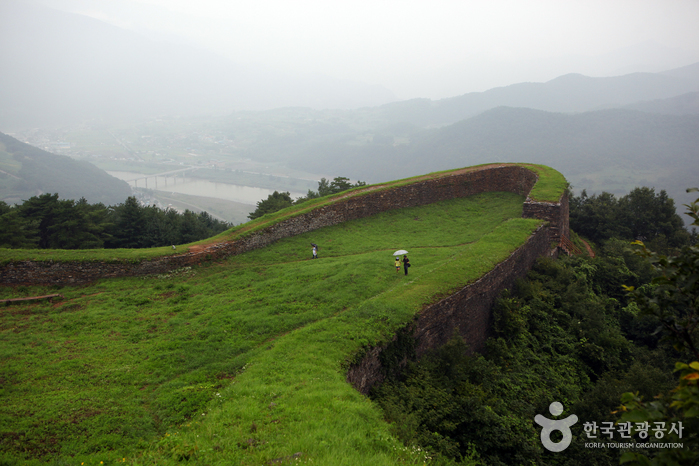
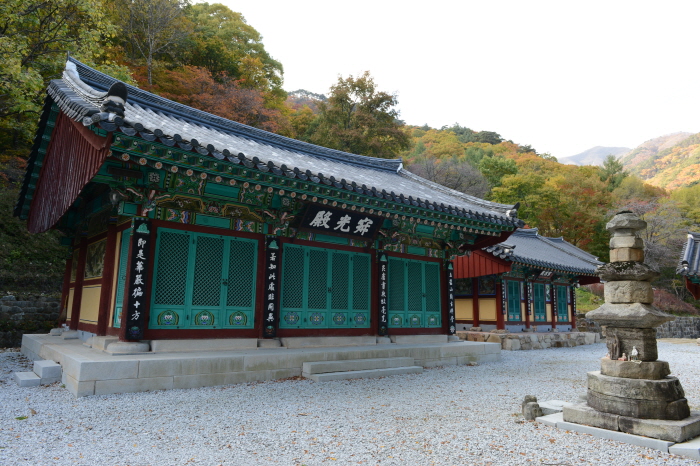
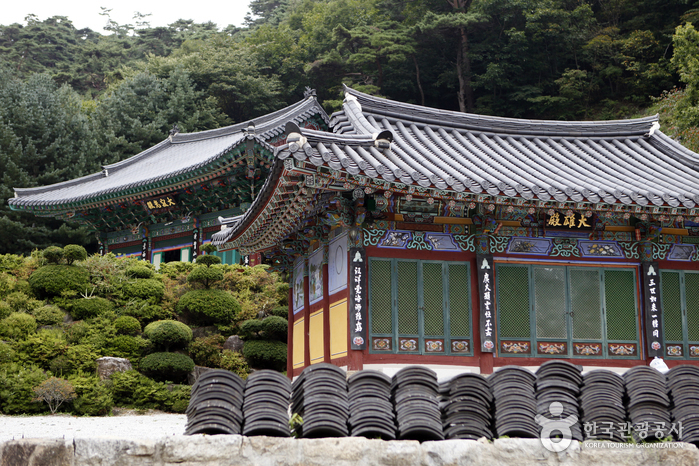
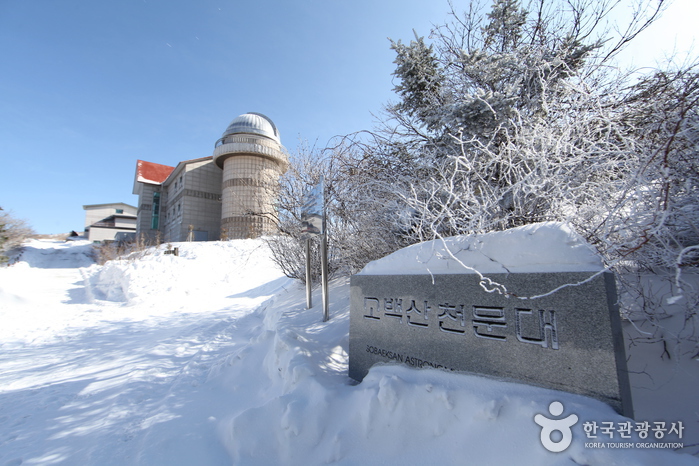
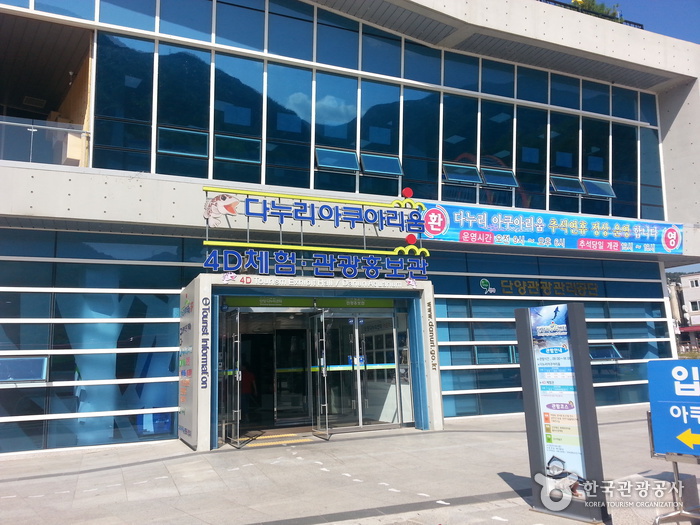
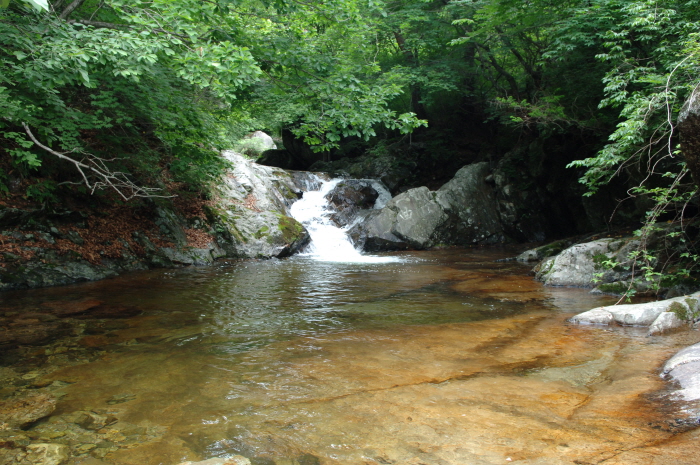
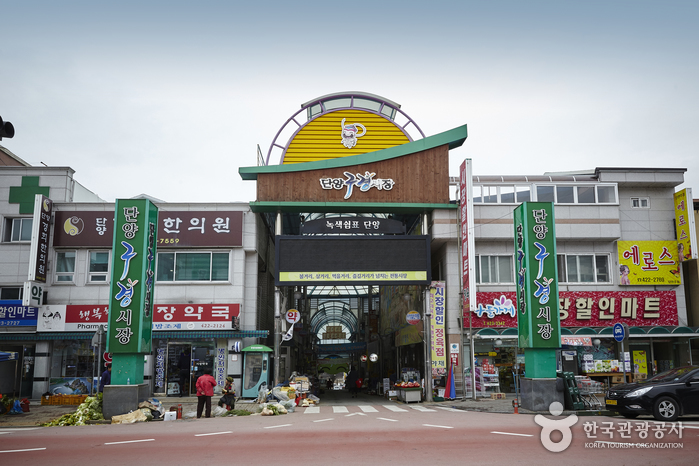
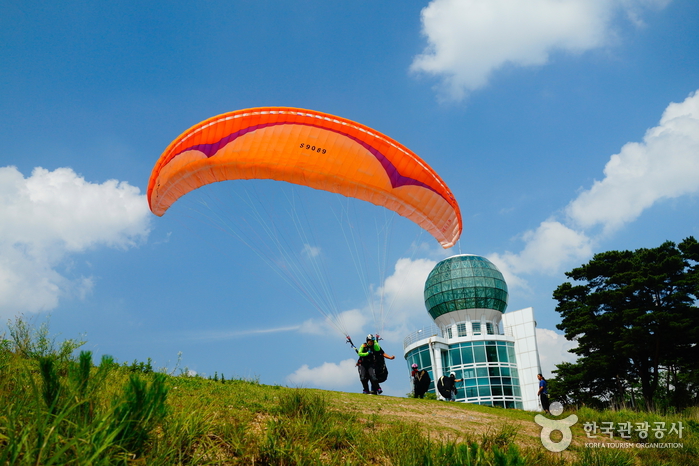
 English
English
 한국어
한국어 日本語
日本語 中文(简体)
中文(简体) Deutsch
Deutsch Français
Français Español
Español Русский
Русский